History
An agreement between the bishop of Urgel (Spain) and the count of Foix (France) gave them joint ownership over Andorra. As such, the coat of arms for Andorra includes both of their icons: the mitre and crosier of the bishop, and the three red bars on yellow of the arms of the count. The other parts include a yellow shield of Catalonia, and two red cows of Béarn. The flag initially had the two colors of the county of Foix: yellow and red. In 1866 the blue color was added and in 1914 the horizontal stripes were changed to vertical, since then the design was standardized in July 1993 at the time Andorra joined the United Nations. According to the constitution of 1993, the bishop of Urgel and the president of France remain the co-princes and heads of state of Andorra, although their roles are now mainly ceremonial. This design and color choice is popular around the world, and resembles that of three other countries: Chad, Romania, and Moldova.
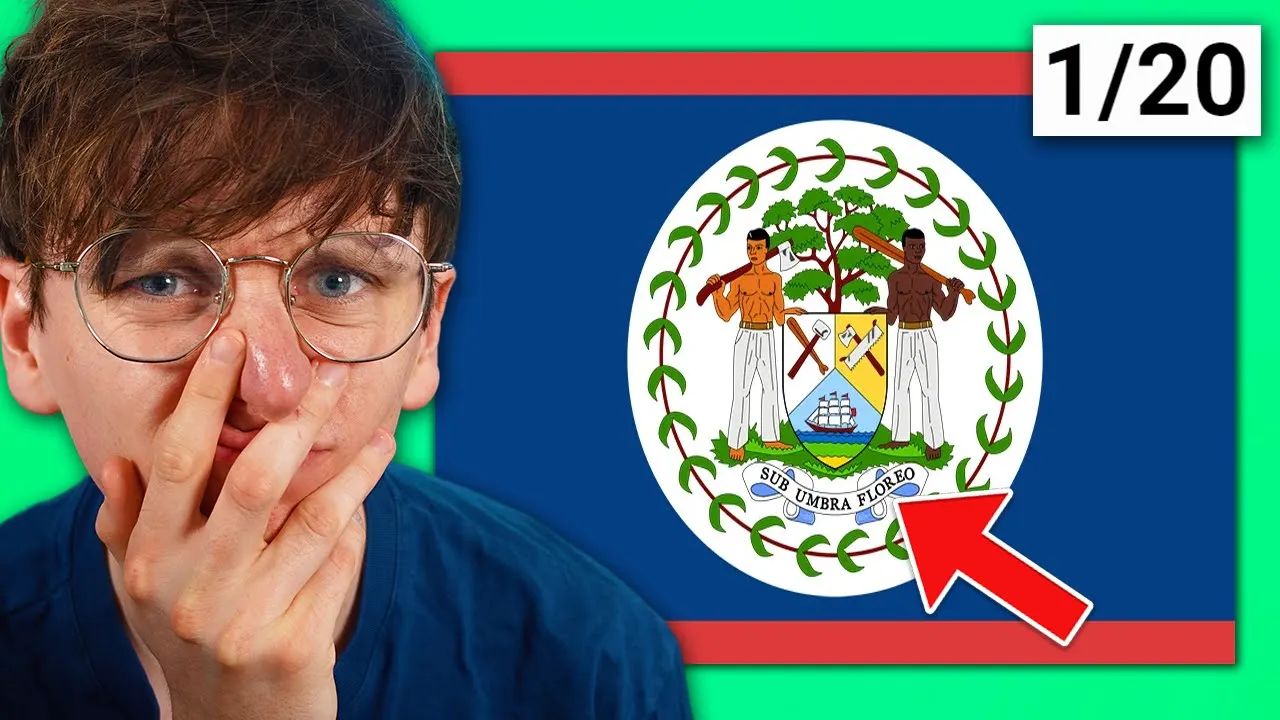 Video Player is loading.
Video Player is loading.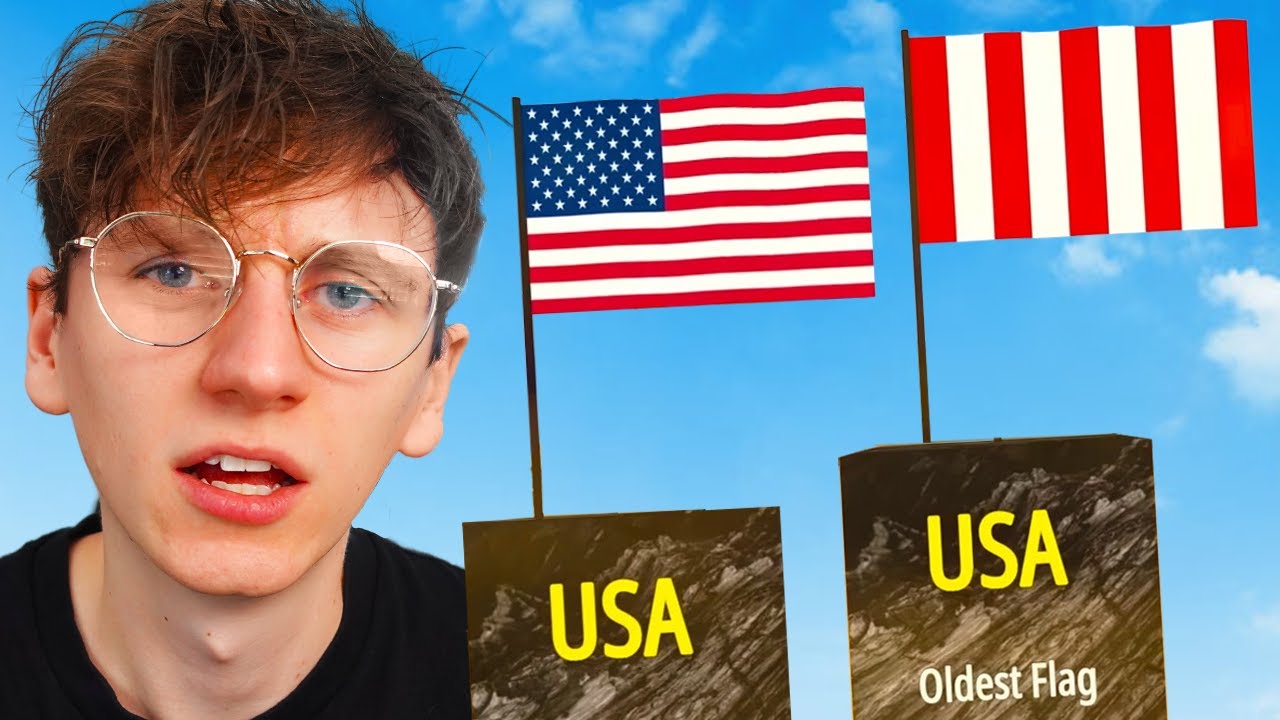 New Flag vs OLDEST Flag
New Flag vs OLDEST Flag Can I Name EVERY Flag That Contains TEXT?
Can I Name EVERY Flag That Contains TEXT?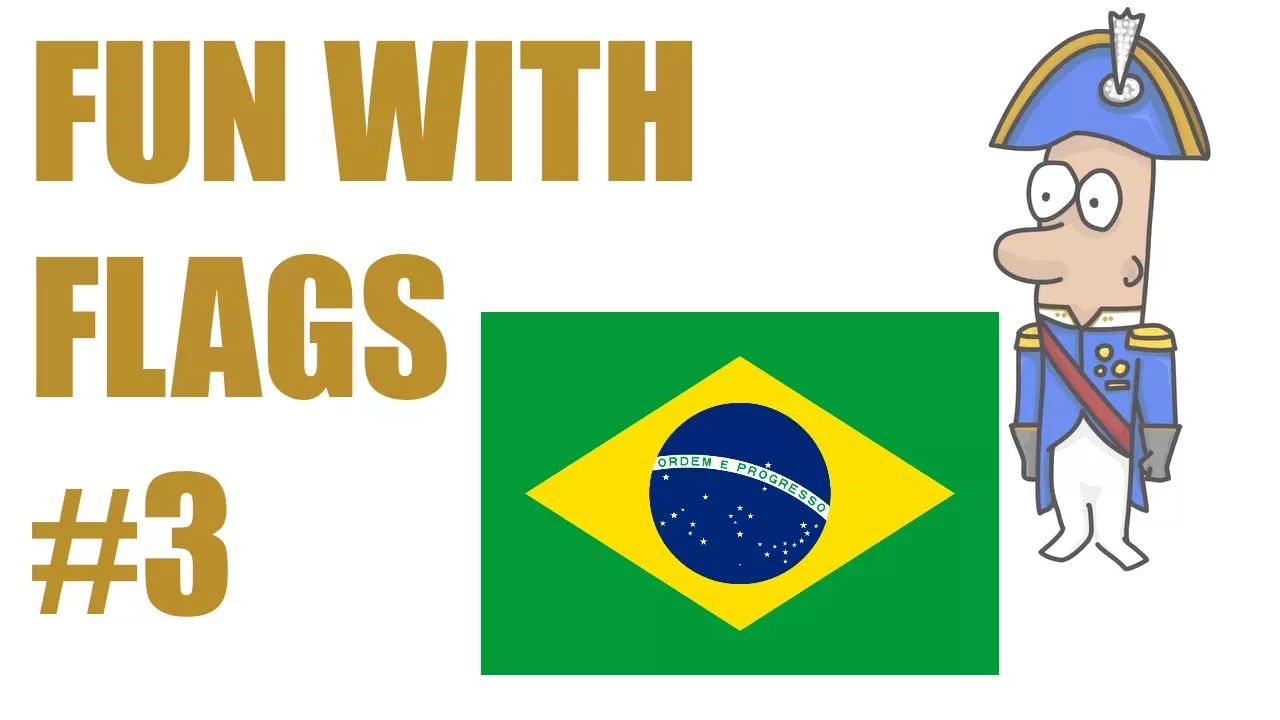 Fun With Flags #3 - The Brazilian Flag
Fun With Flags #3 - The Brazilian Flag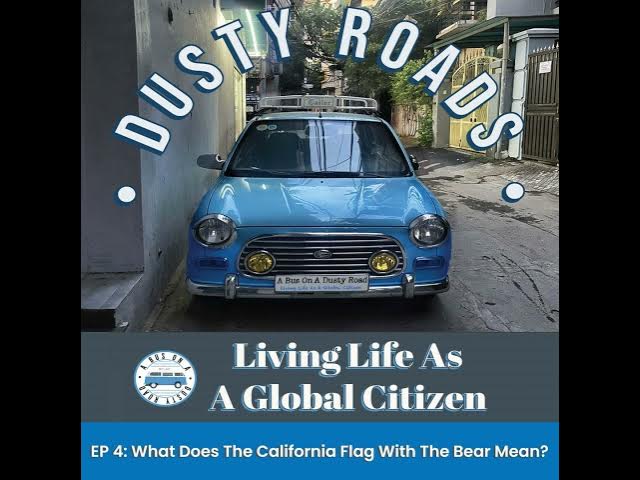 What Does The California Flag With The Bear Mean?
What Does The California Flag With The Bear Mean?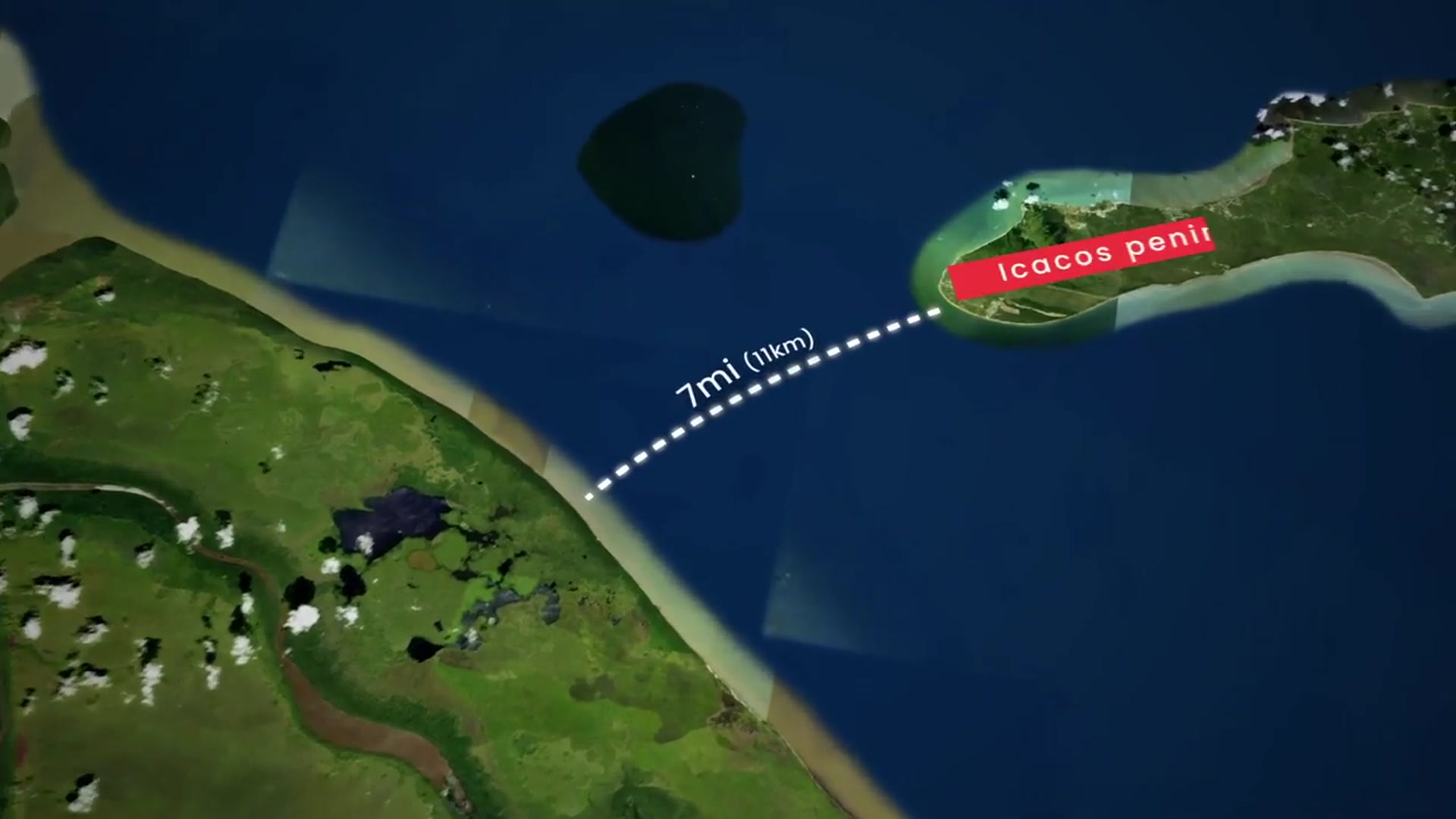 TRINIDAD & TOBAGO FLAG/ FAN DAY! (Geography Now!)
TRINIDAD & TOBAGO FLAG/ FAN DAY! (Geography Now!)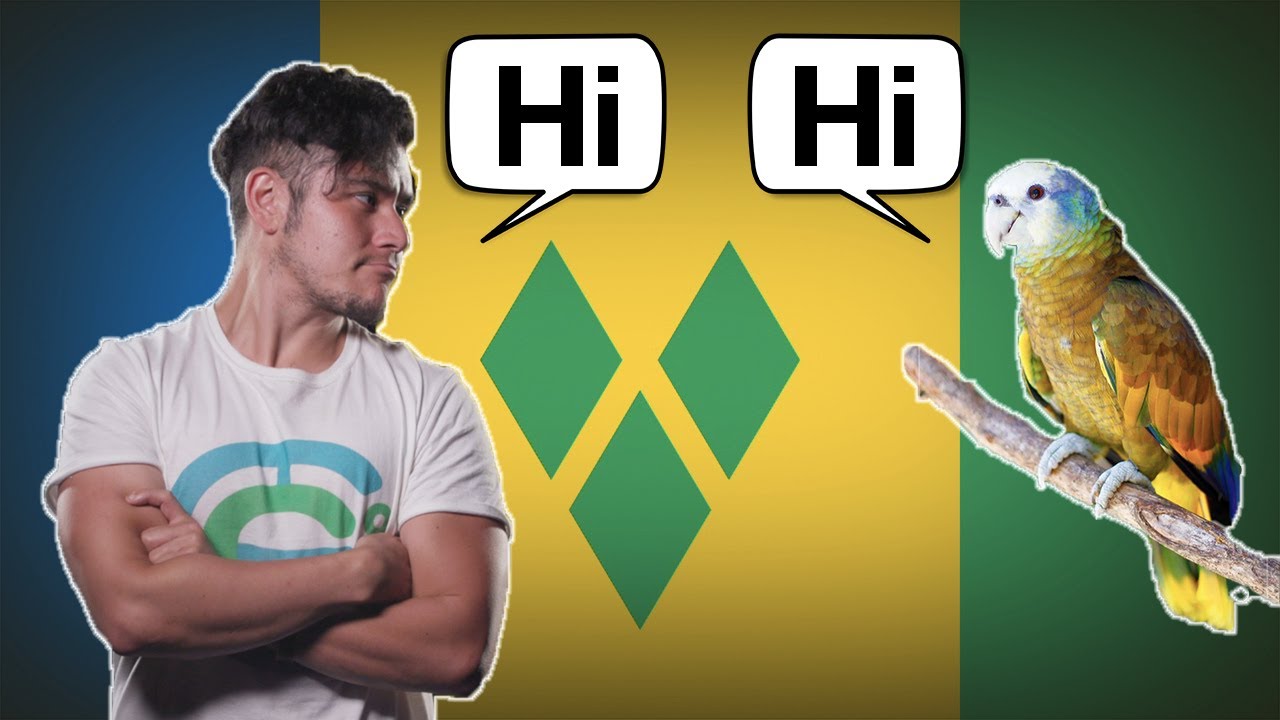 Flag/ FanFriday ST. VINCENT AND THE GRENADINES (Geography Now!)
Flag/ FanFriday ST. VINCENT AND THE GRENADINES (Geography Now!)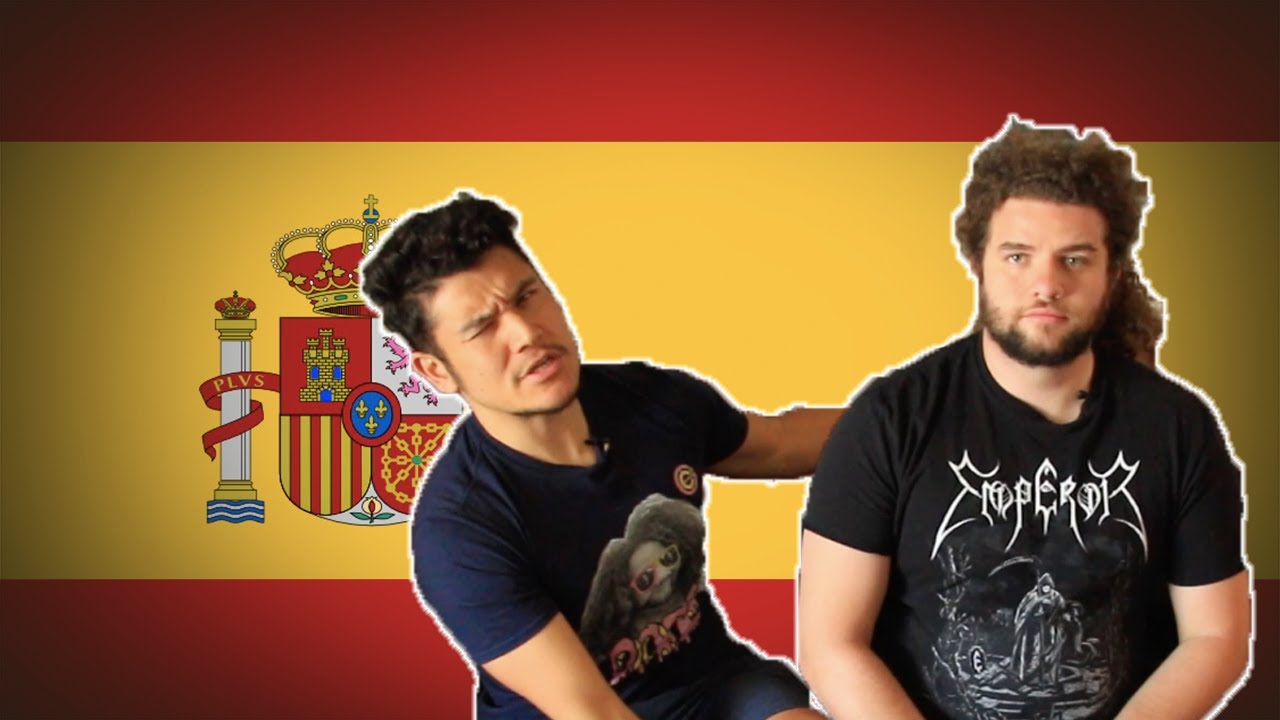 FLAG/ FAN FRIDAY SPAIN! (Geography Now!)
FLAG/ FAN FRIDAY SPAIN! (Geography Now!) Flag/ Fan Friday SAMOA (Geography Now!)
Flag/ Fan Friday SAMOA (Geography Now!)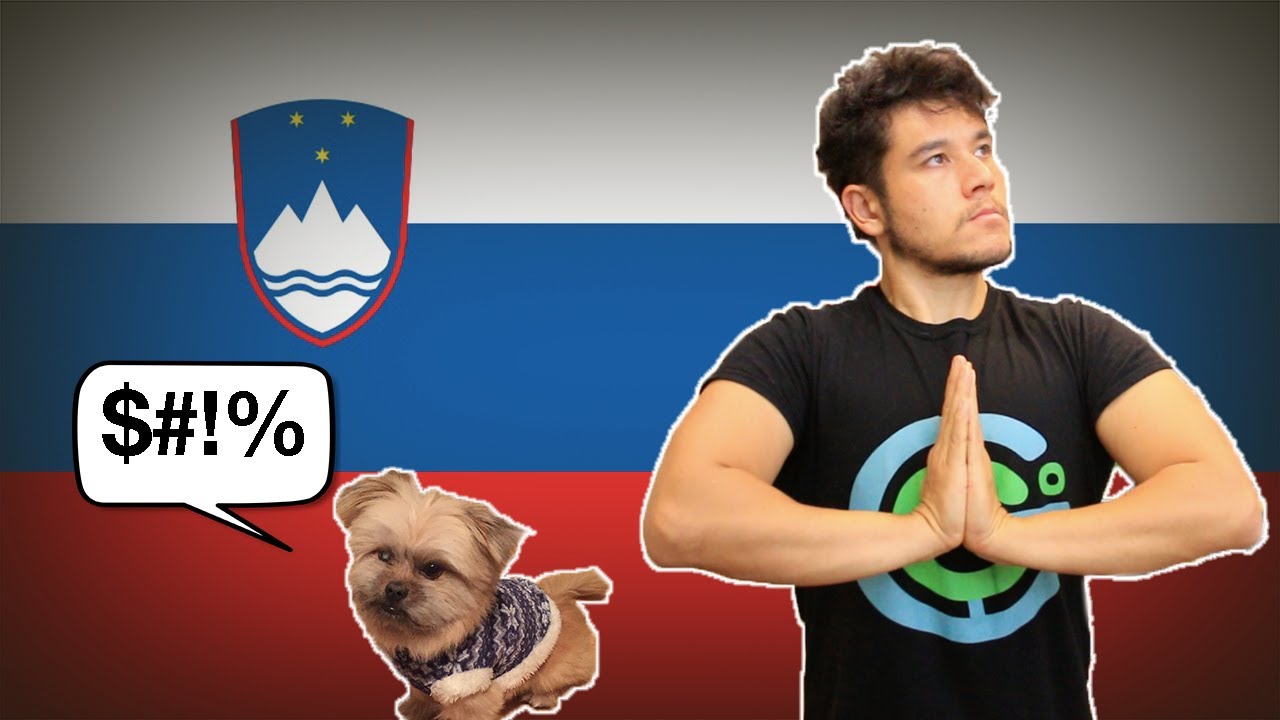 Flag/ Fan Friday SLOVENIA
Flag/ Fan Friday SLOVENIA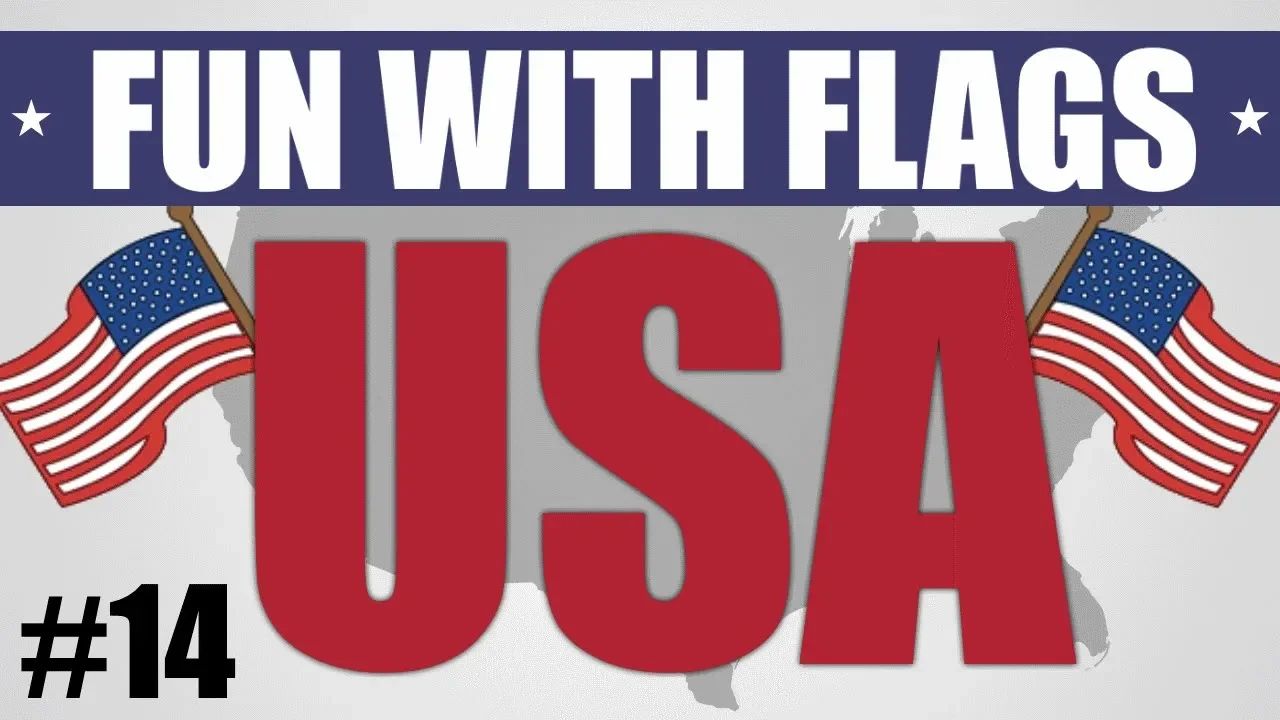 Fun With Flags #14 - Flag of the U.S.A.
Fun With Flags #14 - Flag of the U.S.A.
Meaning
There is no official meaning to the colors of the Andorran flag. The most obvious connections are that they are a combination of the blue of France, the yellow of Spain, and the red of both. However, there are unofficial meanings. The blue color symbolizes the Andorran sky and the effort Andorrans made to obtain freedom and independence. The yellow color symbolizes wealth and it’s abundance of natural resources. The red color represents the Andorran blood spilled in its fight for its independence. The coat of arms motto ‘Virtus Unita Fortior’ means ‘United virtue is stronger’.
Key facts
- Capital city: Andorra la Vella
- Population: 79,034
- Main Religion: Christianity
- Languages: Catalan
- Currencies: Euro (EUR)
- Country code:
AD - Area: 468 km2
- Continent: Europe, Southern Europe
- Latitude: 42.5, Longitude: 1.5
- Dialling code: +376
- Top level domain:
.ad





